Home>Technology>Smart Home Devices>How To Save Money On Printer Ink
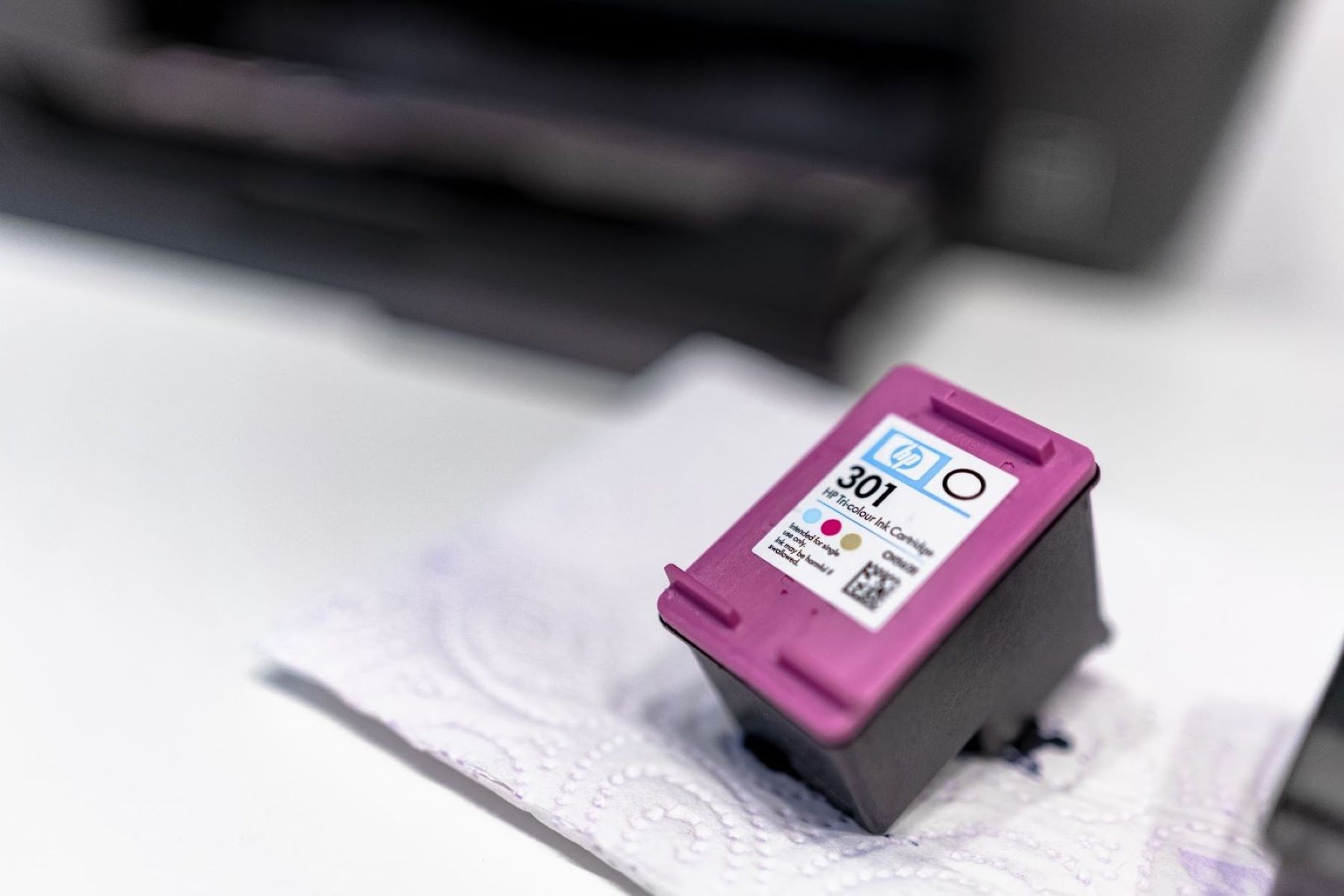

Smart Home Devices
How To Save Money On Printer Ink
Modified: January 9, 2024
Discover smart home devices that can help you save money on printer ink. Learn practical tips and tricks to reduce printing costs and maximize your savings. Start saving today!
(Many of the links in this article redirect to a specific reviewed product. Your purchase of these products through affiliate links helps to generate commission for Storables.com, at no extra cost. Learn more)
Introduction
Welcome to the digital age, where the convenience of printing documents at home comes with the ongoing cost of printer ink. While the ability to produce hard copies of important materials is indispensable, the expense of maintaining a steady supply of ink can quickly add up. However, fear not! There are numerous savvy strategies to help you save money on printer ink without sacrificing print quality or quantity.
In this comprehensive guide, we'll explore a variety of tips and tricks to minimize your printer ink expenses while maximizing your printing efficiency. From utilizing draft mode and adjusting print quality to making informed decisions about ink cartridges, we'll cover everything you need to know to become a frugal and resourceful printer user.
So, if you're ready to dive into the realm of cost-effective printing solutions and discover how to make your ink cartridges last longer, join us as we embark on this enlightening journey. Whether you're a student, a home-based professional, or a small business owner, these valuable insights will empower you to take control of your printing costs and optimize your printing experience. Let's get started!
Key Takeaways:
- Save money on printer ink by using draft mode for non-critical printouts. It conserves ink without sacrificing legibility, perfect for students and professionals.
- Choose ink-saving fonts and print in black and white to reduce ink usage. Mindful printing habits lead to cost savings and eco-friendly practices.
Read more: How To Save Money On Thermostat
Use Draft Mode
One of the simplest yet most effective ways to conserve printer ink is by utilizing the draft mode feature available in most modern printers. Draft mode is specifically designed to produce lighter and less saturated prints, thereby reducing the amount of ink used for each page. While the print quality may be slightly lower compared to standard mode, draft mode is ideal for internal documents, reference materials, and other non-critical printouts that don’t require impeccable clarity and color vibrancy.
By selecting draft mode in your printer settings, you can significantly extend the lifespan of your ink cartridges without compromising the legibility or overall usefulness of your printed documents. This feature is particularly advantageous for rough drafts, personal notes, and other casual printing needs where high-resolution output is unnecessary.
Furthermore, draft mode can be a game-changer when printing large volumes of text-based content, such as research papers, study guides, or internal memos. The reduction in ink consumption not only contributes to cost savings but also minimizes the frequency of cartridge replacements, allowing you to maintain a more sustainable and eco-friendly printing routine.
Whether you’re a student looking to cut down on printing expenses or a professional seeking practical ways to optimize your printing resources, embracing the draft mode functionality is a smart and economical choice. With this simple adjustment, you can strike a harmonious balance between economical printing practices and satisfactory output quality.
Adjust Print Quality
When it comes to optimizing your printer ink usage, adjusting the print quality settings according to your specific printing needs can make a substantial difference in cost savings. Most printers offer a range of print quality options, allowing users to customize the resolution and density of their prints based on the nature of the content being produced.
For text-heavy documents, such as essays, reports, or drafts, opting for a lower print quality setting can be remarkably beneficial. By slightly reducing the print resolution, you can conserve ink without compromising the readability of the text. This adjustment is particularly advantageous for internal documents, reference materials, and personal prints where high-definition output is not a critical requirement.
Conversely, when printing images, graphics, or presentation materials that demand superior visual clarity and color accuracy, selecting a higher print quality setting is essential. By tailoring the print quality to match the content type, you can ensure that your printed materials maintain the desired level of detail and vibrancy while minimizing unnecessary ink consumption.
Moreover, when printing web pages or articles for personal reference, consider adjusting the print settings to grayscale or black-and-white mode, especially if color fidelity is not crucial for the content. This straightforward modification can significantly reduce the usage of color ink, prolonging the lifespan of your cartridges and reducing overall printing costs.
By conscientiously adjusting the print quality settings based on the nature of your printing tasks, you can strike a prudent balance between ink conservation and output precision. This thoughtful approach empowers you to maximize the efficiency of your printing resources while ensuring that each printout meets your specific requirements without incurring unnecessary expenses.
Choose the Right Font
Believe it or not, the choice of font can have a subtle yet impactful effect on your printer ink usage. When aiming to save money on ink, opting for a printer-friendly font can contribute to significant long-term savings. Certain fonts are inherently more economical in terms of ink consumption due to their design characteristics, such as thinner strokes and simpler letterforms.
Fonts like Arial, Calibri, Times New Roman, and Century Gothic are known for their ink-efficient properties, as they tend to use less ink per character compared to more elaborate or bold typefaces. When printing text-based documents, selecting one of these ink-saving fonts can help reduce overall ink usage without compromising the readability or professional appearance of the content.
Additionally, adjusting the font size and spacing can further enhance ink efficiency. For instance, slightly decreasing the font size or adjusting the line spacing can result in more content being accommodated on each page, ultimately leading to reduced paper and ink consumption. This practice is especially advantageous for lengthy documents, drafts, and internal reports where minor adjustments in font size and spacing can yield cumulative ink savings over time.
By conscientiously choosing printer-friendly fonts and optimizing the text layout, you can make a tangible impact on your ink usage while maintaining the visual appeal and legibility of your printed materials. This thoughtful approach not only contributes to cost savings but also aligns with sustainable printing practices, promoting efficient resource utilization and environmental responsibility.
Print in Black and White
When color fidelity is not a critical requirement for your printouts, opting to print in black and white can lead to substantial ink savings. Many documents, especially those intended for internal use or academic purposes, do not necessitate color printing. By defaulting to black and white printing for such materials, you can significantly reduce your ink consumption and extend the longevity of your cartridges.
Whether you’re producing drafts, reference materials, or text-centric documents, choosing the monochrome printing option can effectively minimize the usage of color ink, which is typically more expensive and depletes faster than black ink. This approach is particularly advantageous for everyday printing needs, such as lecture notes, research papers, and administrative paperwork, where color is non-essential for the content’s functionality and comprehension.
Furthermore, when printing web pages, articles, or emails for personal reference, consider adjusting the print settings to grayscale mode. This simple modification can help conserve color ink without compromising the readability or visual coherence of the content, contributing to both ink and cost savings over time.
By consciously opting for black and white or grayscale printing for materials that do not require color elements, you can effectively manage your ink usage and printing expenses. This prudent approach not only aligns with cost-effective printing practices but also promotes sustainability by reducing ink wastage and minimizing the frequency of cartridge replacements.
Consider using third-party ink cartridges or refill kits, buying in bulk, printing in draft mode, and using black and white printing whenever possible to save money on printer ink.
Read more: How To Save Money On A Renovation
Use Compatible or Refilled Cartridges
When seeking to economize on printer ink, exploring alternative options for ink cartridges can be a game-changer. Compatible and refilled cartridges offer cost-effective alternatives to original manufacturer cartridges, providing budget-conscious users with viable options to reduce their printing expenses without compromising quality.
Compatible cartridges, also known as generic or off-brand cartridges, are manufactured by third-party companies to be compatible with specific printer models. These cartridges are often more affordable than original manufacturer cartridges, making them an attractive choice for individuals and businesses aiming to reduce their printing costs without sacrificing print quality or reliability. By opting for compatible cartridges, you can achieve substantial savings on ink purchases while ensuring consistent performance and compatibility with your printer.
Refilled cartridges, on the other hand, involve the process of refilling and reusing empty ink cartridges with new ink. This eco-friendly and budget-friendly approach allows users to extend the lifespan of their existing cartridges at a fraction of the cost of purchasing new ones. While refilled cartridges may require careful handling and quality assurance, they offer a sustainable and economical alternative for environmentally conscious individuals seeking to minimize their ink expenses.
It’s important to source compatible and refilled cartridges from reputable suppliers to ensure product quality, compatibility, and reliability. By conducting thorough research and seeking recommendations, you can confidently explore these alternative ink cartridge options and identify trustworthy providers that offer cost-effective solutions without compromising on print performance.
By embracing compatible and refilled cartridges as viable alternatives to original manufacturer cartridges, you can effectively reduce your ink expenses while contributing to sustainable printing practices. These budget-friendly options empower you to maintain a consistent printing routine without incurring unnecessary costs, ultimately enhancing your overall printing experience.
Buy in Bulk
When it comes to optimizing your printer ink expenses, purchasing ink cartridges in bulk quantities can yield substantial cost savings over time. Buying in bulk not only provides a financial advantage but also ensures that you have an ample supply of ink on hand, reducing the frequency of urgent and potentially pricier purchases when cartridges run low.
Many retailers and online suppliers offer discounted prices for bulk purchases of ink cartridges, allowing consumers to benefit from economies of scale and lower per-unit costs. By strategically stocking up on ink in larger quantities, you can capitalize on these volume-based discounts and secure a cost-effective supply of cartridges for your printing needs.
Moreover, buying ink in bulk enables you to streamline your printing supply management, minimizing the time and effort spent on frequent trips to purchase individual cartridges. This convenience factor, coupled with the financial savings, makes bulk purchasing a practical and efficient approach for individuals and businesses seeking to optimize their printing resources.
Before making a bulk purchase, it’s important to verify the shelf life of the ink cartridges to ensure that you can utilize the entire supply before expiration. Additionally, consider the storage conditions required to maintain the quality and longevity of the cartridges, especially if you plan to store them for an extended period before use.
By proactively buying ink cartridges in bulk, you can take control of your printing expenses and establish a cost-effective supply of ink that aligns with your printing frequency and volume. This strategic approach not only delivers tangible financial benefits but also fosters a seamless and sustainable printing experience, ensuring that you are well-equipped with the resources needed to support your printing requirements.
Use Printer Settings
Optimizing your printer settings is a fundamental yet often overlooked strategy for conserving ink and managing printing costs. Most modern printers feature a diverse array of settings and customization options that allow users to fine-tune their printing parameters according to specific requirements, thereby maximizing ink efficiency without compromising print quality.
One of the key settings to consider is the default print mode. By setting your printer to grayscale or black-and-white mode as the default option, you can ensure that color ink is reserved for essential printouts, while monochrome printing is used for everyday documents and reference materials. This simple adjustment can lead to significant ink savings over time, especially for individuals with predominantly text-based printing needs.
Furthermore, exploring the available options for ink density or ink-saving modes in your printer settings can provide additional opportunities to minimize ink usage. These settings are designed to reduce the amount of ink deposited on each page, resulting in lighter prints without compromising readability. While the impact on print quality may be subtle, the ink savings achieved through these adjustments can be substantial, particularly for high-volume printing tasks.
Another valuable setting to leverage is the duplex or double-sided printing feature. By defaulting to duplex printing for suitable documents, you can effectively reduce paper consumption while optimizing ink usage. This environmentally conscious approach not only contributes to cost savings but also aligns with sustainable printing practices, promoting efficient resource utilization and waste reduction.
Regularly reviewing and adjusting your printer settings in accordance with your specific printing requirements enables you to proactively manage your ink usage and printing expenses. By harnessing the versatility of your printer’s settings, you can cultivate a more economical and resource-efficient printing routine, ultimately enhancing your overall printing experience while minimizing unnecessary costs.
Print Only What You Need
Adopting a mindful and discerning approach to printing is pivotal in minimizing ink consumption and optimizing printing costs. By consciously evaluating the necessity of each printout and exercising restraint in printing superfluous materials, you can effectively reduce ink wastage and maximize the utility of your printing resources.
Prior to initiating a print job, carefully assess whether the content truly warrants a hard copy. For materials that can be conveniently accessed digitally, such as emails, articles, or reference documents, consider utilizing electronic formats instead of resorting to unnecessary printouts. This deliberate shift toward digital access not only conserves ink but also promotes paperless practices, contributing to environmental sustainability.
When printing web pages or articles, leverage the print preview feature to selectively print the relevant sections rather than the entire page. Oftentimes, extraneous content such as advertisements, sidebars, and unnecessary images can be omitted, allowing you to optimize ink usage and paper consumption while retaining the essential information you require.
Additionally, encourage a culture of responsible printing within your household or workplace by promoting the judicious use of printing resources. Emphasize the importance of printing only essential materials and encourage colleagues, family members, or peers to embrace digital alternatives whenever feasible, fostering a collective commitment to ink conservation and cost-effective printing practices.
By cultivating a mindful and selective approach to printing, you can significantly reduce your ink usage and printing expenses while embracing a more sustainable and efficient printing routine. This conscientious mindset not only contributes to cost savings but also aligns with eco-friendly principles, promoting responsible resource utilization and minimizing the environmental impact of excessive printing.
Read more: How To Save Money On Home Renovation
Conclusion
As we conclude this insightful exploration of cost-effective printing strategies, it’s evident that mindful ink management and prudent printing practices can yield substantial savings while enhancing the sustainability of your printing routine. By implementing the tips and techniques discussed in this guide, you can take proactive steps to optimize your printer ink usage, minimize unnecessary expenses, and contribute to a more efficient and eco-friendly printing experience.
From leveraging draft mode and adjusting print quality settings to embracing printer-friendly fonts and selective printing practices, each strategy serves as a valuable tool in your quest to economize on ink without compromising the quality or functionality of your printouts. Whether you’re a student, a home-based professional, or a business owner, these practical insights empower you to make informed decisions that align with your specific printing needs and budgetary considerations.
Furthermore, by exploring alternative ink cartridge options, purchasing in bulk, and leveraging the versatile settings of your printer, you can cultivate a more cost-effective and sustainable approach to managing your printing resources. These strategic measures not only deliver tangible financial benefits but also promote responsible resource utilization, environmental consciousness, and streamlined printing supply management.
Ultimately, by adopting a discerning and mindful approach to printing, you can minimize ink wastage, reduce printing expenses, and contribute to a more eco-conscious and efficient printing environment. Whether it’s through digital alternatives, selective printouts, or judicious ink management, your conscientious efforts play a crucial role in fostering a culture of responsible and cost-effective printing practices.
As you embark on this journey of ink conservation and cost savings, remember that every mindful print decision contributes to a more sustainable and economical printing routine. By integrating these strategies into your daily printing habits, you not only empower yourself to achieve significant ink savings but also contribute to a greener and more resource-efficient printing landscape for the benefit of both your budget and the environment.
Frequently Asked Questions about How To Save Money On Printer Ink
Was this page helpful?
At Storables.com, we guarantee accurate and reliable information. Our content, validated by Expert Board Contributors, is crafted following stringent Editorial Policies. We're committed to providing you with well-researched, expert-backed insights for all your informational needs.




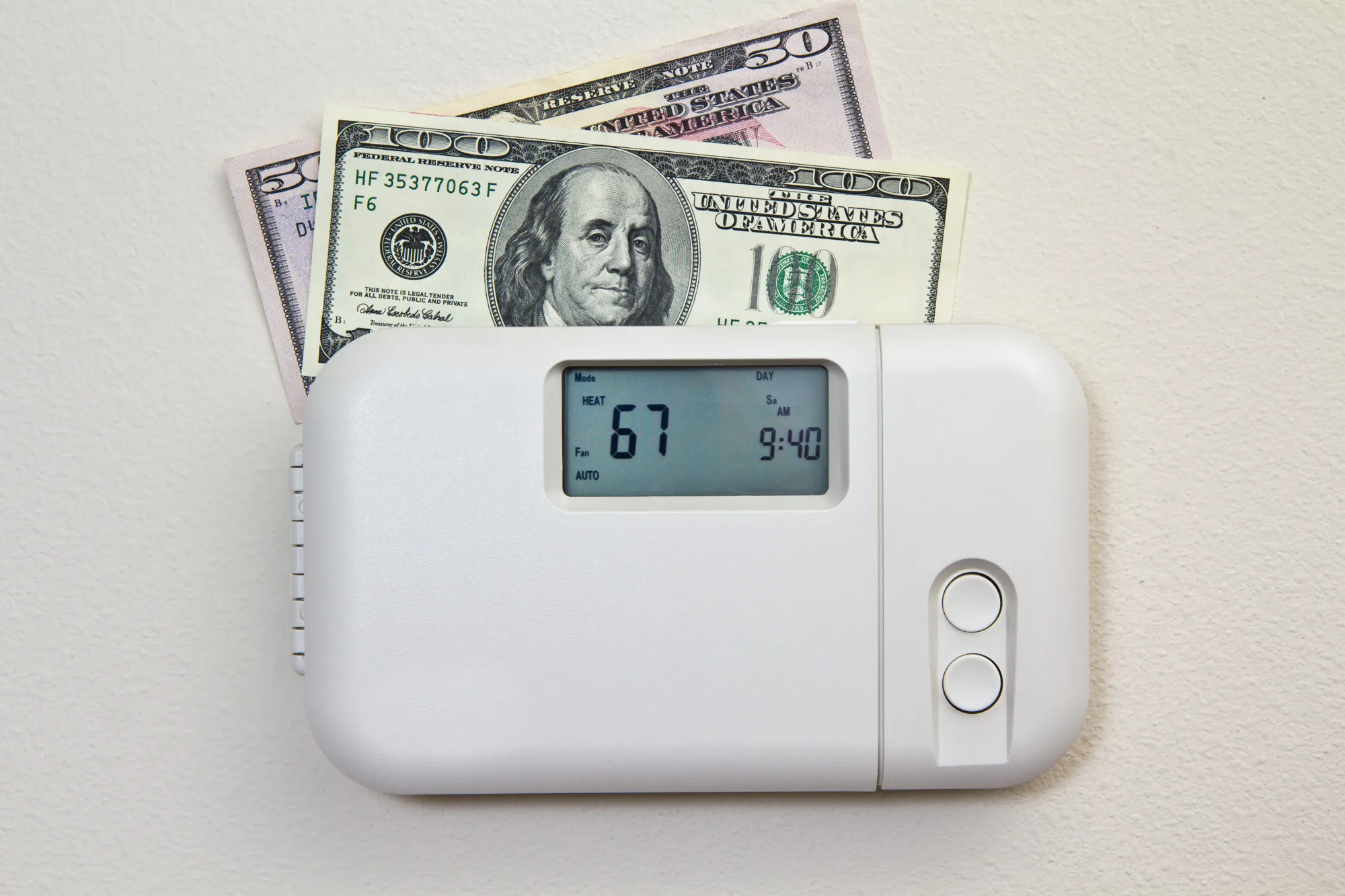
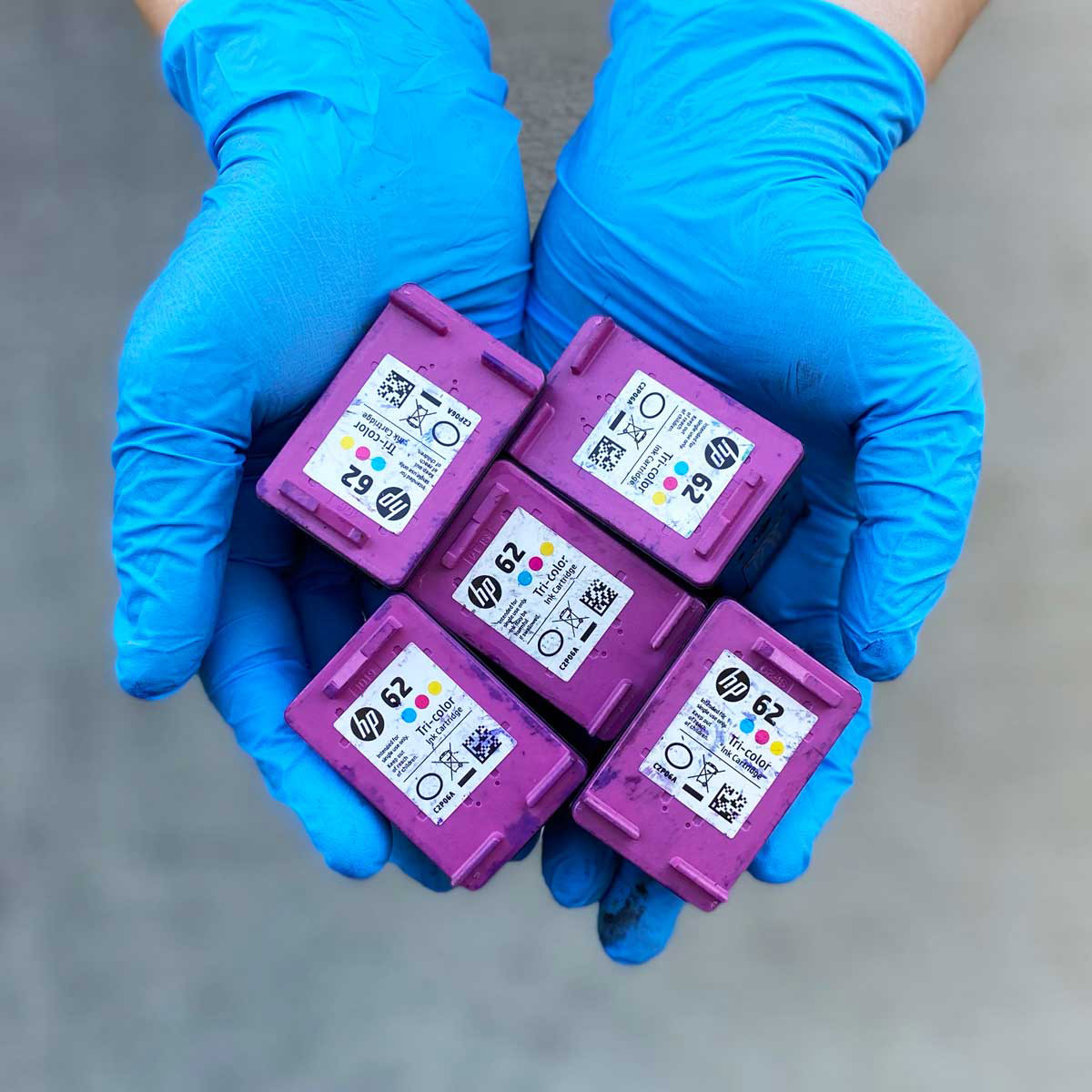
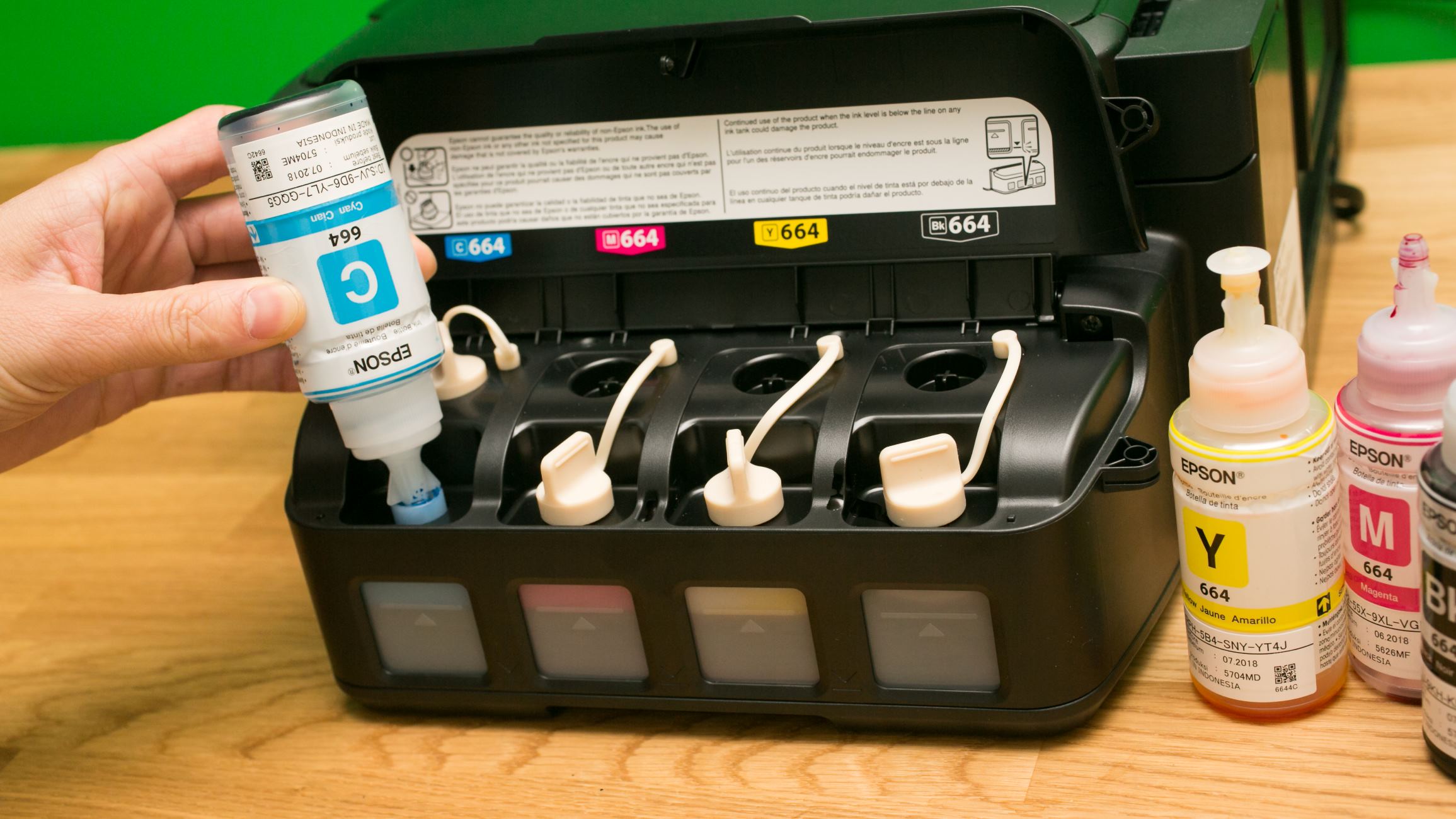
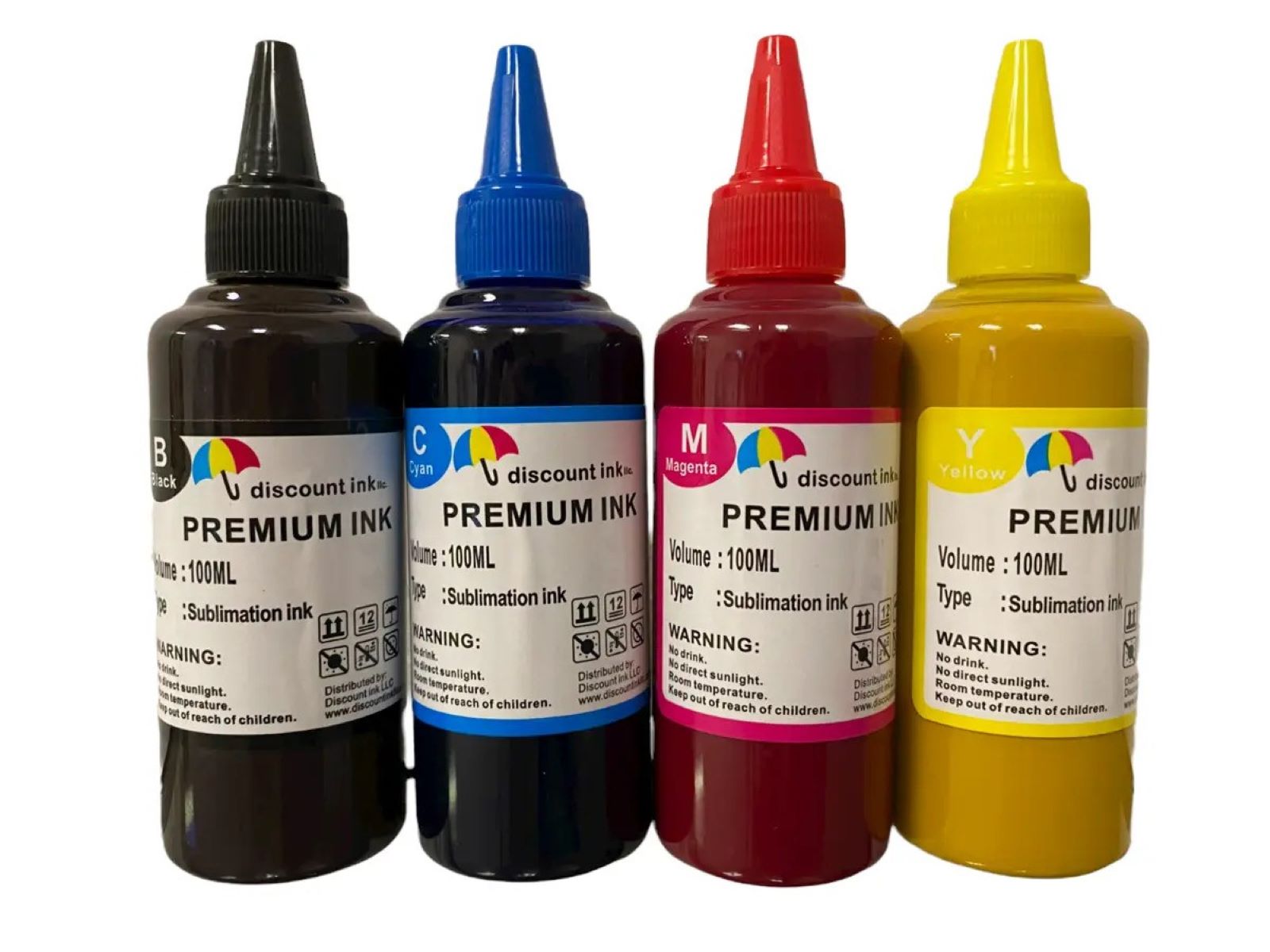
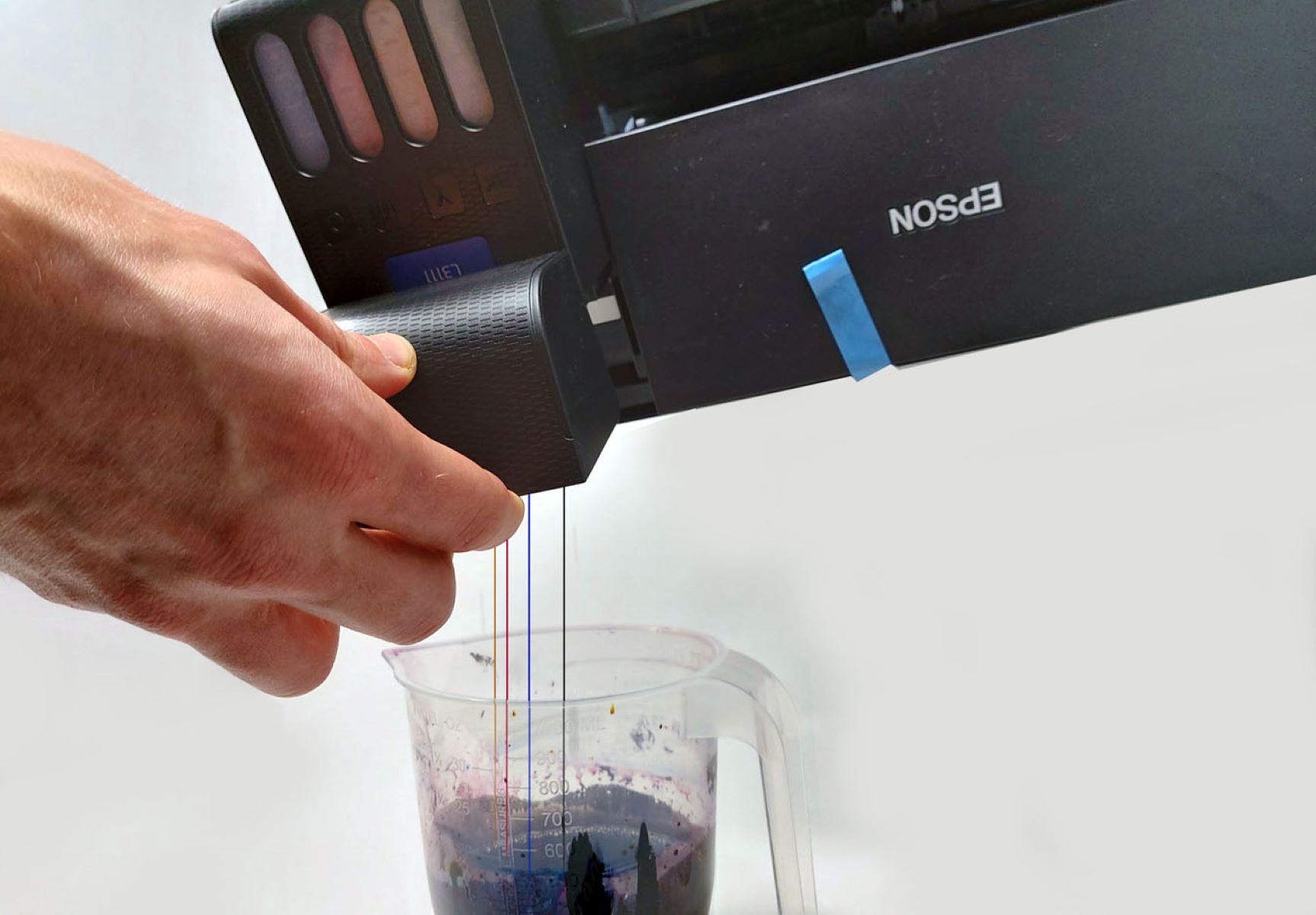

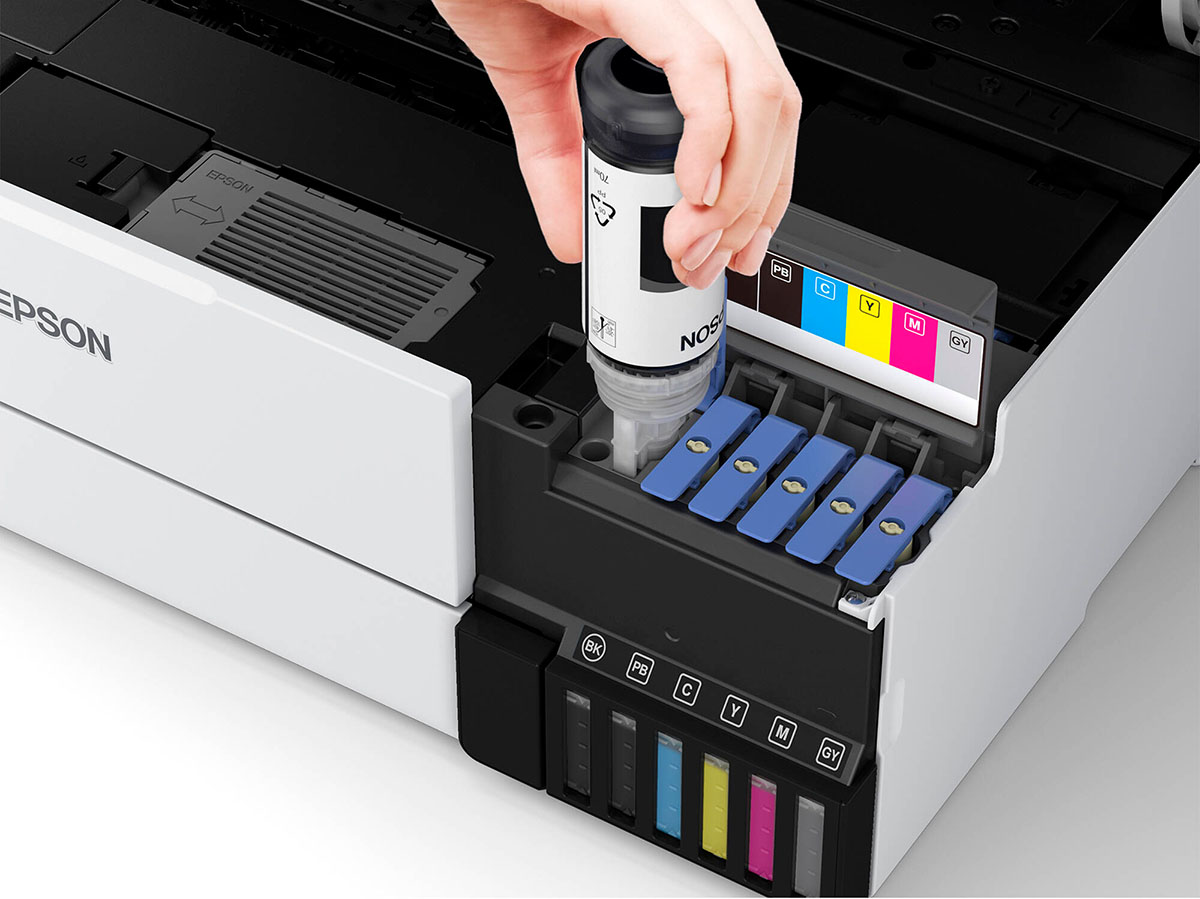
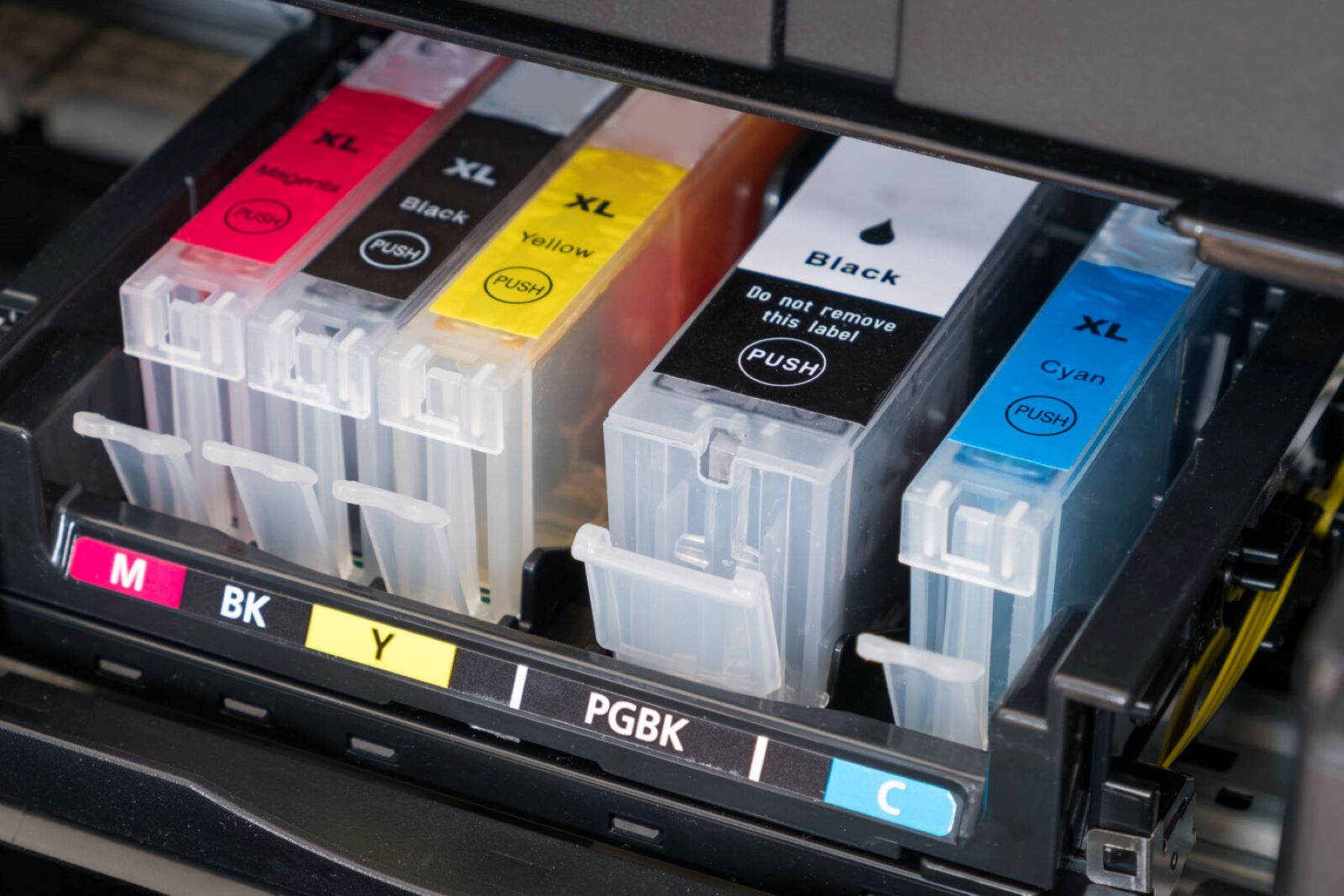


0 thoughts on “How To Save Money On Printer Ink”